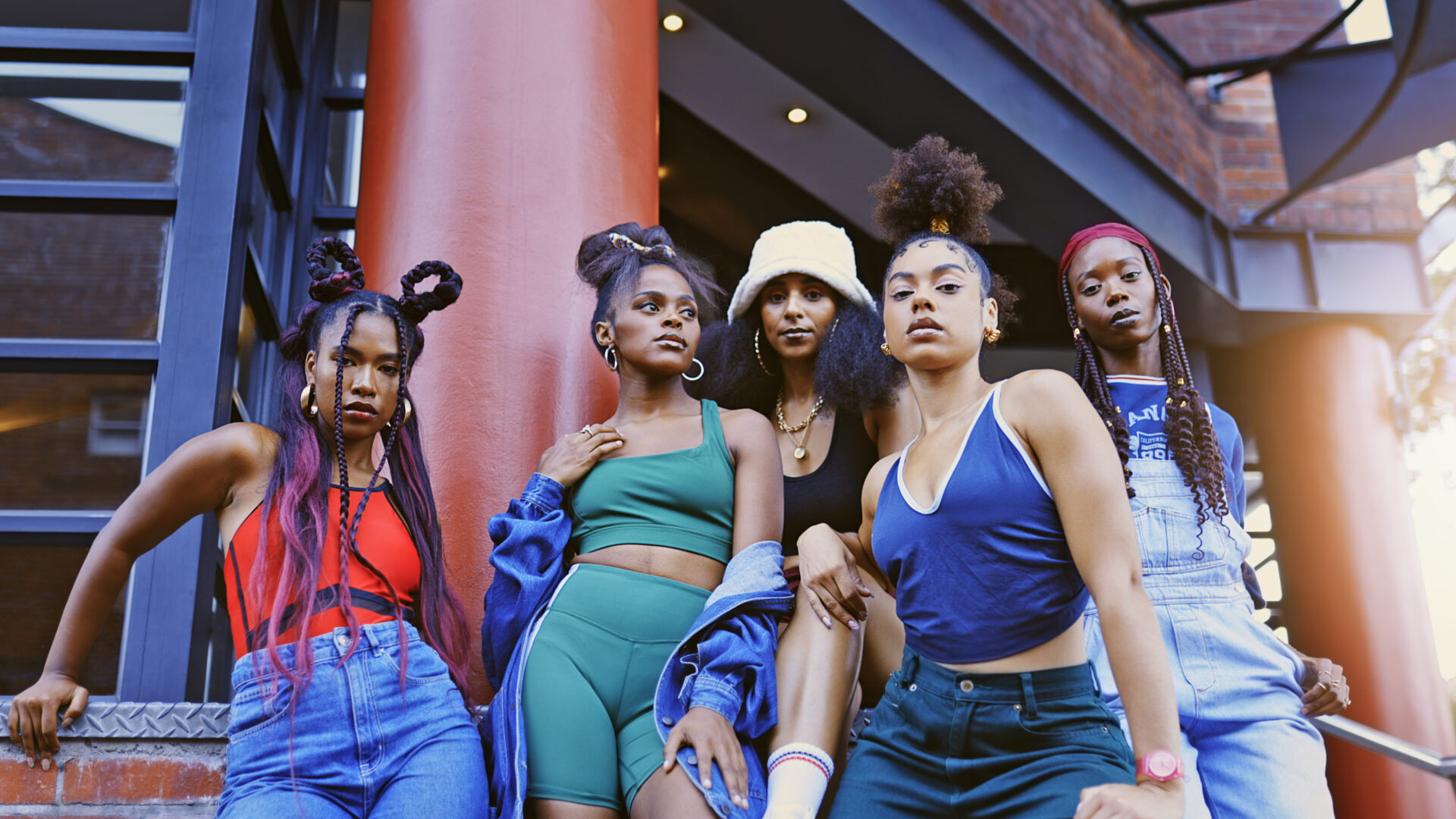
At some point, we all buy a quick birthday or vacation outfit from popular clothing brands like H&M, Zara, Shein or FashionNova. The convenience of scrolling for an outfit you saw online, clicking buy and having it appear in a week or so makes us continually return for more. While fast fashion is convenient, some of the most popular clothing brands we shop at may be hurting our planet.
Fast fashion is a term used to describe the manufacturing and mass production of clothing cycled in and out of stores. The term takes on the attributes of its name — meaning clothing is manufactured with quick turnaround times. This means that while it may be easier to keep up with trends, there’s often no time to check for mistakes in clothing or packaging. To put it in context, according to Fast Company, clothing companies bring about 53 million tons of apparel into the world annually, and that number is set to reach 160 million tons by 2050.
Additionally, the quick production rate is responsible for lower-quality textiles and materials resulting in a large amount of waste. Think about it. How often do you buy clothing that rips, sheds, or loses its form only after washing or wearing it a few times? Well, you’re not alone. The Ellen MacArthur Foundation reports that clothing utilization has decreased worldwide since 2015 and truckloads of textiles and materials are dumped in landfill or incinerated every second. More and more people are disposing of their clothing at rapid rates.
So, what’s the alternative? Alternatively, slow fashion’s main focus is sustainability for the earth and its inhabitants. The clothes are made from high-quality fabrics, are locally sourced and made, are produced at slower rates and have ethical practices behind them. Fashion connoisseur, Belkis Rochez admits she was indulged in fast fashion trends because of its convenience before becoming more mindful of what she was buying. “Fast fashion was consuming me,” Rochez admits. “I would barely wear the clothes that I bought and was always looking for the ‘best new thing.’”
After taking a step back and asking herself why she was constantly in need of a new outfit she decided to slowly, but surely, make the switch to slower consumption and more sustainable practices. Rochez uses basic pieces of clothing and layers them with statement pieces she finds in thrift stores or small businesses. If you’re not sure if the clothing you’re buying is considered fast fashion, Natalie Hicks, owner, visn Studio offers some recommendations for checking.
Firstly, she suggests looking at the production quality of the garments. If you’re shopping in-store, you can flip the garment over to look at its seams or threading. If the piece of clothing has a huge thread count or looks sloppy, it is more than likely mass-produced. Or, if you’re buying online, consider the fabric content. If synthetic fabrics are being used, there may be shortcuts being taken.
Additionally, Hicks recommends simply reading the company’s sustainability pledge. Their page will tell you all you need to know about whether they use recycled fabric or have ethical labor practices. If you’re interested in being more conscious of where you shop, Hicks also suggests shopping with local fashion designers. Local designers pay much more attention to fine details, and you can know exactly how your money is being spent. Fast fashion is all around us. While we’re not suggesting you dump all the clothing in your closet, we recommend being more mindful of where an article of clothing came from.
About the Author: Brianna Robles is a Brooklyn, NY-based journalist and freelance writer specializing in mental health and women’s wellness content. Her work has been published in Her Agenda, The Good Trade, Essence, and Well + Good, to name a few. You can find her performing at local open mics and trying new restaurants when she’s not writing.